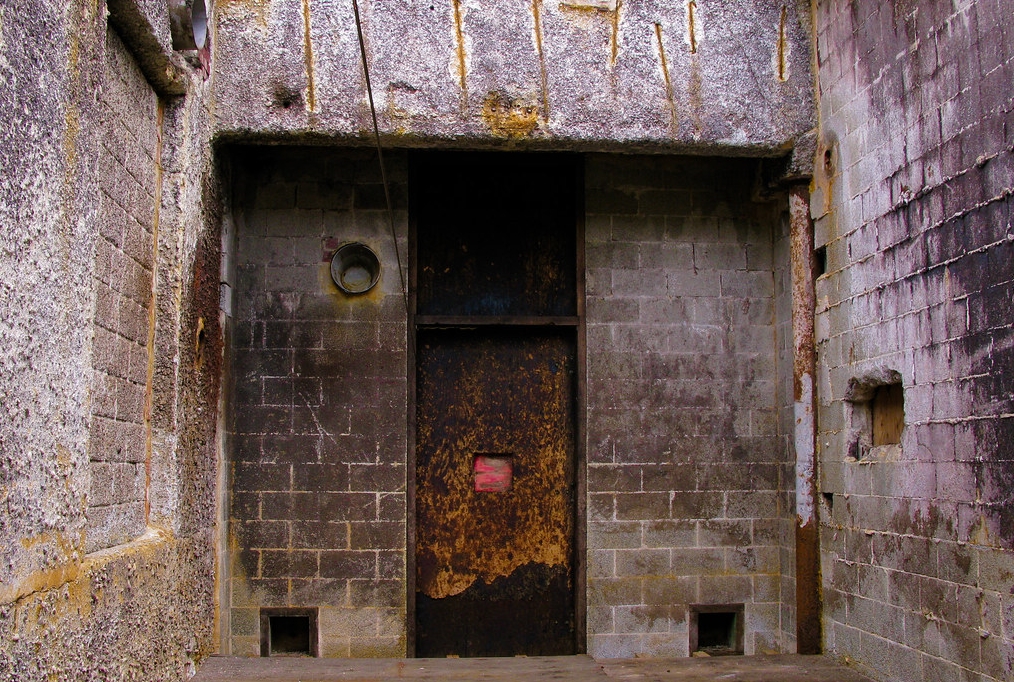
“The Alcatraz of the Rockies” – Life Inside a Supermax Prison
May 11, 2019
The Most Famous Prisoners – Celebrities Behind Bars
June 2, 2019Few topics are as controversial as the death penalty. Many people focus on the cost of the death penalty vs life in prison, assuming that life in prison is more costly and those on death row deserve death. Other feel the death penalty is too severe for even the worst of criminals and a life behind bars is the best option. No matter where you fall on the spectrum, we are here to offer some information based on an independent study in Oklahoma about the death penalty vs life in prison.
This study found that on average, more time, effort, and costs are used for Oklahoma cases in which the death penalty is sought. In fact, the average across several states is 700 thousand dollars more on death penalty cases. So basically, when it comes to costs of death penalty vs life in prison, it is less expensive to keep someone in prison for life. Most of this money comes into play pretrial when the prisoners spend more time in a local or state lock-up awaiting trial which then costs both sides more to present. Then money is spent in excess on appeals when compared to a non-capital case. So, while it may be less costly to imprison them after the sentence, it is much more costly to handle a death penalty case up front. It seems to be simple fact that seeking the death penalty is more expensive.
Such findings are repeated in New Mexico where it was found that to bring back the death penalty it would cost approximately 7.2 million dollars over the first three years. In Oregon, similar findings showing the cost of death penalty vs life in prison found that maintaining the death penalty creates a significant financial burden for taxpayers of about 2.3 million dollars yearly that include incarceration costs. This was almost double the amount spent on a fourth of the number of death row inmates. Nebraska spends 14.6 million dollars annually to maintain capitol punishment with few actually being given the death penalty in spite of access to its use. Pennsylvania spent an estimated 272 million per execution since 1978, but this is considered a conservative estimate. The list goes on and on with states spending millions to institute or maintain the death penalty for few prisoners in comparison to the total number of incarcerated individuals.
The Death Penalty Debate
So, is the death penalty worth the money, that is really for the tax payers to decide. The cost of serving life in prison is cheaper, but do some people deserve the death penalty? There are proponents and opponents on both sides. Some of the common arguments include that if people are knowledgeable about the fact that some crimes carry a death penalty possibility, that they will be less likely to commit those crimes. Along these same lines, if
a criminal does complete an unimaginable act and is sentenced to death then they will be unable to do bad things repeatedly. If they are sentenced to life they may escape or be released on good behavior giving them an opportunity to reoffend. Some even argue that the death penalty is cheaper overall, but this is not true in America. However, for other countries this does seem to be the case. Many people feel the death penalty is appropriate if it is proportional to the crime, such as taking a life. These same individuals may feel the death penalty gives families of the victim(s) closure.
On the other end of the spectrum, those that argue against the death penalty say that sometimes, innocent people are convicted and they should not have to face death. Recent studies show that 1 in 25 people sentenced to death in the US are in fact innocent, this seems like a valid argument. Others believe that the death penalty should be avoided due to its inherent cruelty and of how unfair it is to the criminal’s family as it serves as a punishment to them as well. Many also feel that the death penalty does not give the person a chance to change or learn from their mistakes. People also believe that the death penalty is hypocritical. Killing someone for killing someone seems to send a conflicting message.
No matter what side of the debate you fall on, it will likely always be a highly debated topic. The truth is, in America, the death penalty is a much more expensive option than life in prison, even one without parole.
Visiting Incarcerated Loved Ones
If you have a loved one that is serving a prison term, either short term, for life, or on death row, you may wish to keep contact. Contact is good for both the family and friends and the inmate, even those spending a lifetime behind bars. This contact connects them to the outside world in a way that will keep the inmate from being as likely to get depressed and may prevent criminal behavior while behind bars. If inmates have something to look forward to they are more likely to follow the rules. For some visiting may not be an option, but when it is, certain procedures must be followed. The problem is that those not on the inside may not know of understand the proper way to schedule a visit or what can be taken into a prison or jail facility. This is where InmatesPlus can help; Simply visit our applications page for a variety of facilities. These applications are necessary for visiting inmates. While the site is updated regularly, call the facility to make sure their visitor application has not changed. When filling out the application make sure you include all the necessary information.
It should also be shared that if you recently served jail time, have an order of protection against the inmate, are on probation, are legally involved in the case, are a security risk, or have a history of drug violations, it is unlikely you will be allowed to visit.





